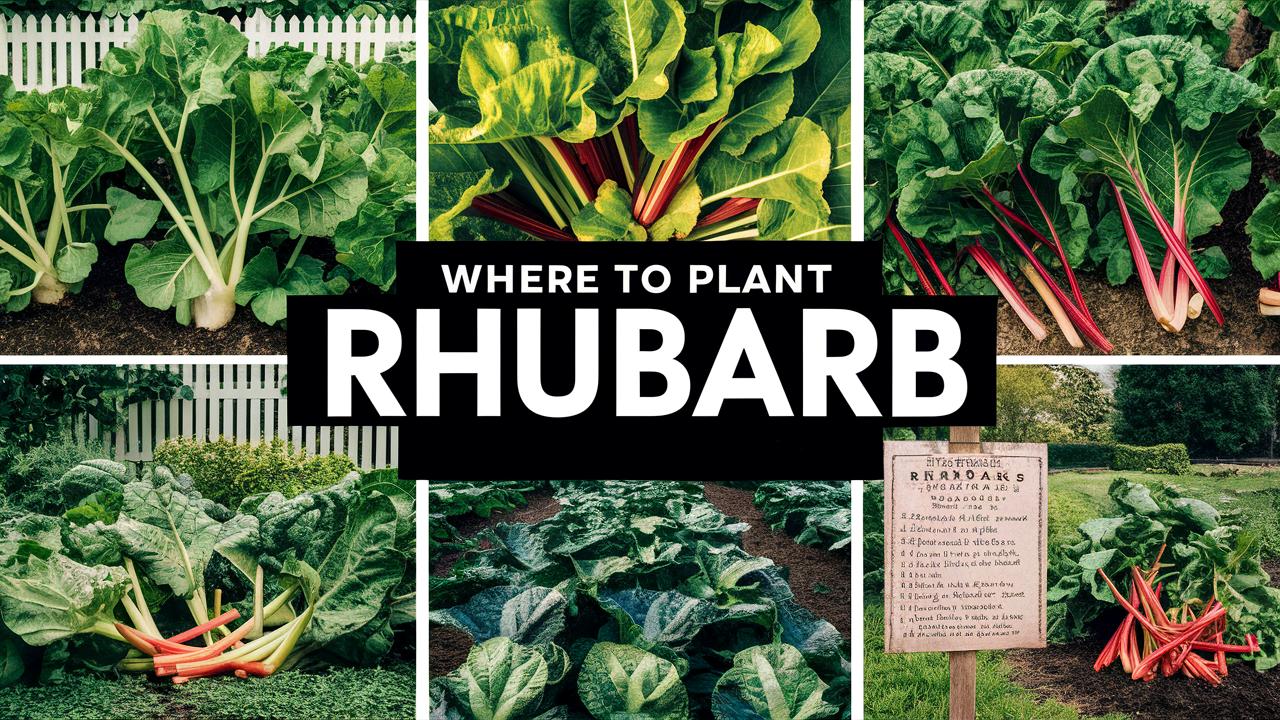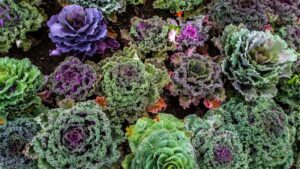In this in-depth guide, we will explore the best-growing conditions, ideal planting locations, and various tips to create an optimal environment for your rhubarb plants.
Understanding Rhubarb: Characteristics and Requirements
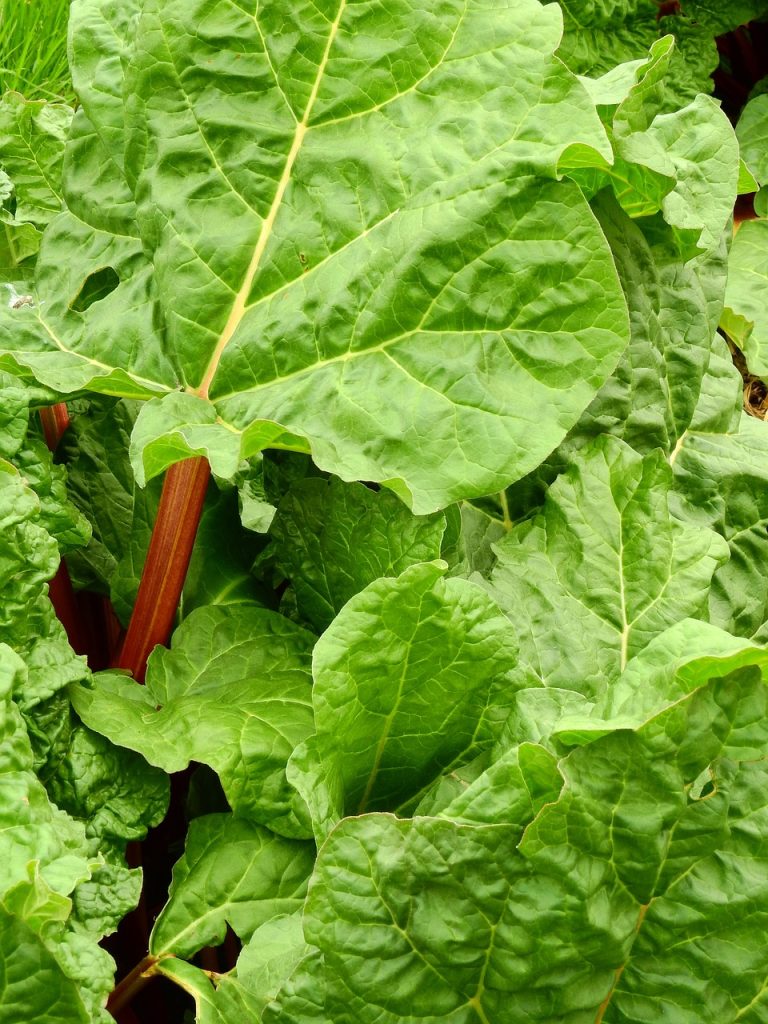
To determine the best placement for your rhubarb, it’s important to understand its characteristics and requirements. Rhubarb (Rheum rhabarbarum) is a hardy perennial that thrives in temperate regions, typically growing well in USDA Hardiness Zones 3 to 8. Its thick, succulent stalks can grow quite large, reaching heights of 2 to 3 feet, while its lush green leaves can spread up to 2 feet wide.
Light Requirements
Rhubarb plants love full sun, meaning they require at least 6 to 8 hours of direct sunlight each day. While it can tolerate partial shade, particularly in the hottest climates, too much shade can result in leggy growth and decreased yield. Therefore, the ideal planting location should offer ample sunlight throughout the day.
Soil Conditions
Another essential factor in determining where to plant your rhubarb is the soil. Rhubarb thrives in rich, well-draining soil that is high in organic matter. A pH between 5.5 and 7.0 is optimal, with a preference for slightly acidic to neutral soil. Before planting, consider performing a soil test to ascertain nutrient levels and pH.
Watering Needs
While rhubarb does appreciate moisture, especially during dry spells, it is important to avoid waterlogged conditions as this can lead to root rot. The ideal location for rhubarb should have well-draining soil and an adequate water source nearby for consistent moisture without over-saturation.
The Ideal Location: Designing Your Rhubarb Garden
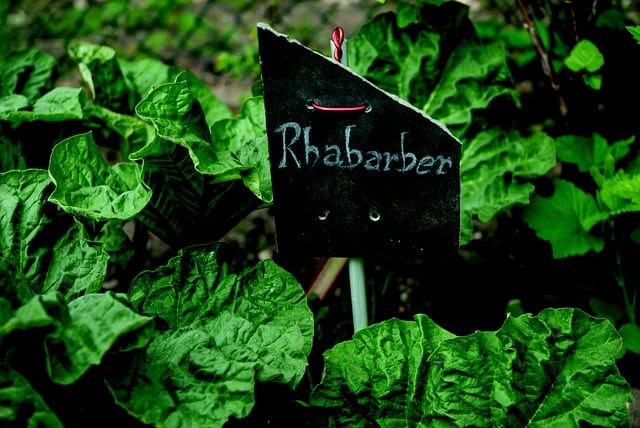
Once you understand rhubarb’s requirements, you can begin choosing the best location for planting. Consider these design aspects to enhance your rhubarb garden.
1. Sun-Bathed Corners
Look for sunny, open spaces in your garden. South-facing sides, especially corners that receive sunlight throughout the day, are excellent spots. You might consider planting rhubarb near taller plants like sunflowers, which can provide some shelter without blocking the precious sunlight it craves.
2. Near the Kitchen
Another great strategy is to plant rhubarb close to your kitchen. This way, you can easily access it for culinary use. It can be incorporated into raised beds or even intermixed with ornamental plants, bringing beauty and functionality together in a single, productive spot.
3. Wind Protection
While the plant enjoys sunshine, it can be vulnerable to strong winds, which might damage its foliage and stems. Therefore, selecting a location with some natural windbreaks, like hedges or garden fencing, can help protect your rhubarb while still ensuring it gets ample sunlight.
4. Avoiding Competing Roots
When planning the placement of rhubarb, consider the surrounding plants and their root systems. This vegetable prefers a spacious, nutrient-rich environment free from competition. Avoid planting adjacent to deep-rooted trees or aggressive perennials that could siphon off water and nutrients.
5. Accessibility
Lastly, think about how easy it is to reach your rhubarb plants. Regular maintenance, such as watering, weeding, and harvesting, will be vital for healthy growth and yield. Choose a spot that is not only visually appealing but also easily accessible for your gardening tasks.
Planting Rhubarb: Timing and Techniques
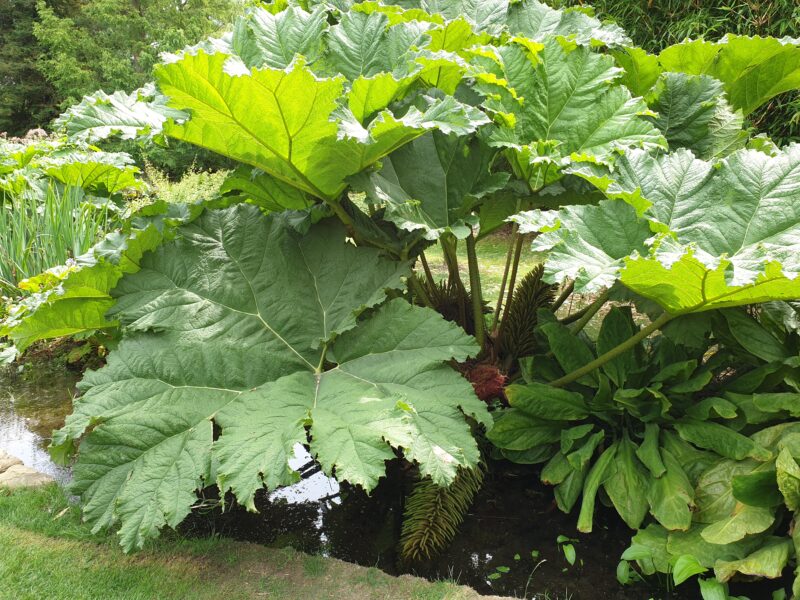
Timing is everything when it comes to planting rhubarb, and understanding when to get started can set you up for success.
Early Spring Planting
The best time to plant rhubarb is usually in early spring, as soil begins to warm and before the plants shoot up. Ideally, you’ll want to plant when the ground temperature is consistently above 45°F. If you’re in a warmer climate, you might also consider planting in the fall, allowing for winter dormancy, which can enhance growth in the following spring.
Spacing and Depth Recommendations
When planting rhubarb crowns, give each one adequate space to thrive. A good rule of thumb is to space them about 3 feet apart, as they can spread quite a bit. Dig a hole that is 1-2 feet wide and about a foot deep, adding compost or well-rotted manure to enrich the soil. Place the crown just below the soil surface, covering it lightly.
Propagating Rhubarb
If you already have established rhubarb plants, you can propagate them by division. After a few years, clumps can become crowded, leading to decreased yields. Divide them in early spring or fall by digging up the entire plant, slicing the root clump into sections, and replanting them separately with the same guidelines mentioned above.
Maintaining Rhubarb: The Care It Needs to Thrive
To ensure your rhubarb flourishes in its chosen spot, proper maintenance is vital. This section will provide you with some comprehensive care tips to consider throughout the growth season.
Watering Techniques
While rhubarb benefits from consistent moisture, it’s important to avoid overwatering. Water your plants deeply, soaking the soil but ensuring that the top inch is dry before watering again. Mulching around the base of the plant can help retain moisture, suppress weeds, and regulate soil temperature.
Fertilization
Rhubarb requires ample nutrients to promote strong growth. In the early spring, consider applying a balanced fertilizer or compost to stimulate growth. Make sure not to use too much nitrogen, as this can lead to excessive leaf production with poor stem development.
Weeding and Maintenance
Keeping the planting area free of weeds is essential for rhubarb. Weeds compete for nutrients and moisture, which could hinder growth. Regularly check for weeds and remove them by hand or with garden tools. Adding mulch can also help prevent weed growth.
Pests and Diseases
Be on the lookout for potential pests such as slugs, aphids, and caterpillars. Regular inspection of leaves and stems can help catch infestations early. In cases of disease, particularly fungal infections, proper spacing, and air circulation can help minimize the risk. If necessary, consider suitable organic treatments.
Harvesting Rhubarb: Enjoying the Fruits of Your Labor
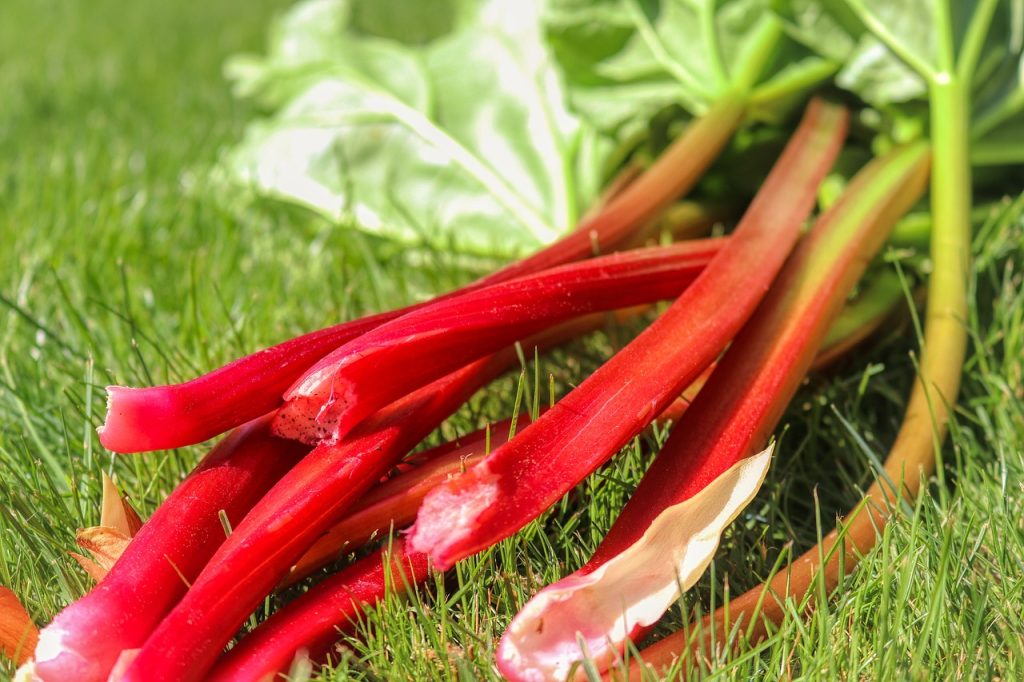
One of the most rewarding aspects of growing rhubarb is, of course, the harvest. However, timing and technique here are also crucial to ensuring you enjoy the best results.
When to Harvest
Rhubarb is ready to harvest typically in its second year. Early spring is the ideal time, from April through June, especially when the stalks are at least 12 inches long and become bright red. Be mindful not to harvest too late in the season as this can weaken the plant and limit its growth potential for the next year.
Harvesting Technique
To harvest rhubarb, grasp the stalk near the base and pull it gently while twisting, or use a knife to cut it at the base. Be cautious not to disturb the crown or central part of the plant, as this is essential for future growth. Ideally, limit yourself to harvesting one-third of the plant’s total stalks at any given time.
Post-Harvest Care
After harvesting, it’s essential to provide care to the remaining plant. Leave enough foliage on to ensure that photosynthesis continues, which is critical for the plant’s health. Water well after harvesting to encourage regrowth, and avoid harvesting during the plant’s flowering stage to maintain strength for next year’s harvest.
Storing and Using Rhubarb
Once harvested, rhubarb can be stored in the refrigerator for a week or frozen for longer-term preservation. It’s commonly used in pies, crumbles, and jams, but can also serve in savory dishes, adding a unique bite. Experimenting with recipes can ensure that none of your harvest goes to waste.
Troubleshooting Common Issues
Even with the best planning, gardeners sometimes face challenges while growing rhubarb. Let’s address some common issues and their solutions.
Weak Growth or Bolting
If your rhubarb plant appears weak or is producing flowers prematurely, it might indicate inadequate sunlight or nutrients. Assess your location settings and consider thinning out nearby plants or adjusting fertilizer through soil testing. If bolting occurs, pick off the flower stalks to help redirect energy to the leafy greens.
Yellowing Leaves
Yellowing leaves can be a cry for help! This could indicate overwatering, nutrient deficiencies, or perhaps poor soil drainage. Assess and adjust your water habits, and consider amending your soil with compost to enhance nutrients.
Pests Problems
If you notice pest problems, identify them early. Using organic insecticides or neem oil can be effective against common pests. Additionally, introducing beneficial insects like ladybugs can help mitigate aphid issues naturally.
Conclusion: Your Rhubarb Journey
Planting rhubarb is a rewarding experience that can yield delicious results for years, provided you realize its needs and take the proper steps to care for these vibrant plants. By choosing the right location, understanding light and soil requirements, maintaining proper watering, and following through with thoughtful harvesting practices, you ensure the longevity and productivity of your rhubarb plants.


